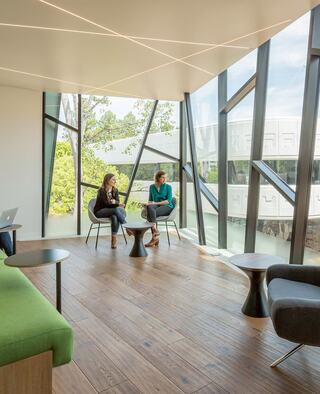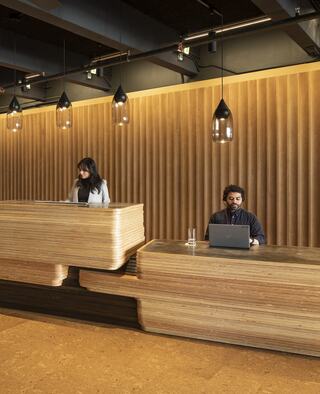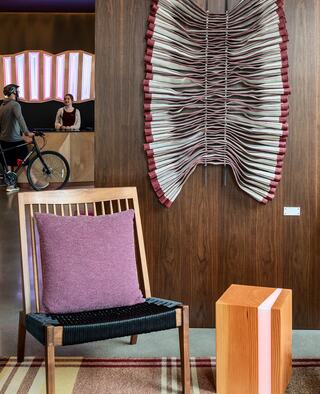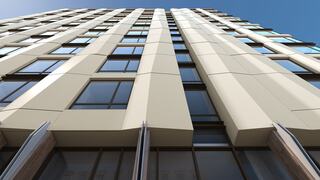
Viz: Media as a Means to Understand Design
SERA's Viz team can help tell a project's design story. Using a variety of media types, our goal is to help folks—from designers to stakeholders to community—better understand a project. This empowers everyone to make more informed choices throughout the design process.
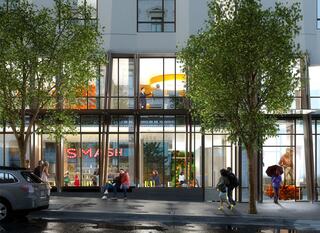
Traditional renderings provide a unique perspective into the future
Representations of future work engage the viewer by using familiar elements to describe unfamiliar design. On opening day, successful renderings evoke an “I feel like I’ve been here before,” response.
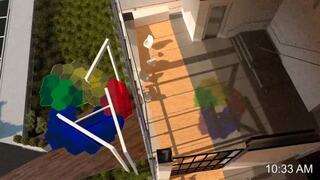
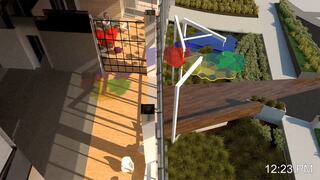
Animation brings time into the equation.
Storytellers often use time to unfold spaces as a user moves through them. This creates a narrative supporting the design goals. Animation can also describe how the sun moves through a space which also contributes to the design intent.
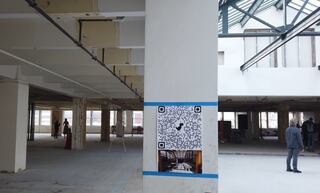
QR code based panoramas create an interactive 360 experience in context.
SERA previewed our future PDX office while it was still in early construction. 360 panoramas are perfect for creating approachable content whenever existing conditions make pinning up a QR code possible.
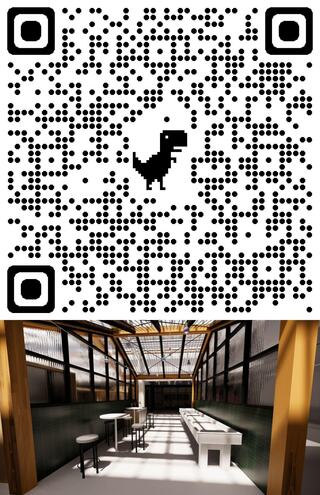
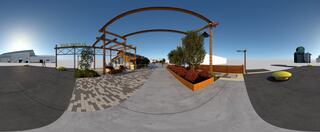
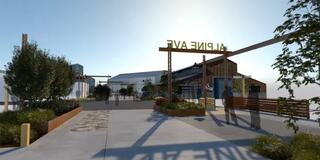
Panoramic video provides an immersive experience.
It allows a viewer to make connections between design elements not apparent in a single perspective. It also provides an interactive experience without the need for VR hardware.
Physical models invite “play” which encourages conversation and collaboration
3D printing presents an exciting opportunity for Viz to branch out into the physical world. Using digital assets, the team created graphic options for the cladding. The design of the model allowed differing options to be visually compared side by side for discussion.
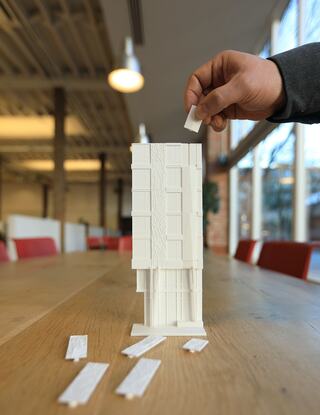
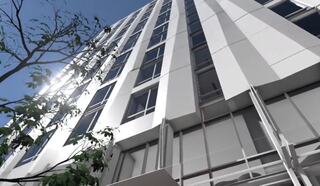
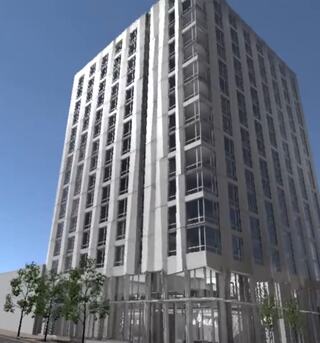
VR creates an experience that immerses the participant in the design.
For the Hyatt Centric, Viz created a VR environment that allows a user to experience how the sun plays off the subtle angles of the cladding at a chosen time of day and location. This brought insights to the design such as whether the proposed angles were sufficient to provide the desired lighting effect.
Why not just outsource rendering?
All of the imagery on this page was made possible because of SERA's commitment to a rich in-house visualization team. When visualization is reduced to a third party line item on a contract, opportunities to enhance the design process are lost. SERA's designers (everyone) thrive when they can ask the Viz team help express an idea just outside the expected.
Designers, planners, developers, and end users benefit from this workflow with a more thoughtful design, more efficient development timeline and more equitable process involvement when they feel empowered through understanding.
